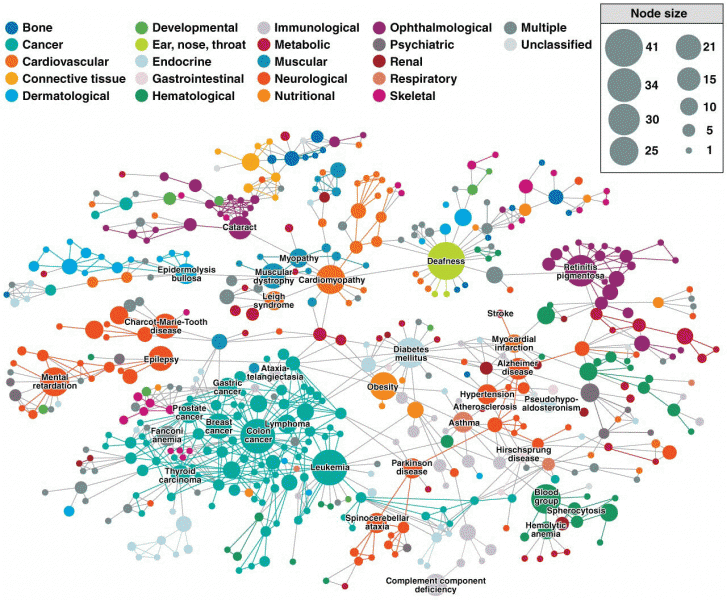Answer to Question 1
ANS: C
The forming phase in therapeutic groups focuses on helping clients establish trust in the group and with each other. Communication is tentative. Members are asked to introduce themselves and share a little of their background or their reason for coming to the group. Once initial conflict is resolved in the storming phase, the group moves into the norming phase. Group-specific norms have developed from discussions in the previous phase. The leader encourages member contributions and emphasizes cooperation in recognizing each person's talents related to group goals. The storming phase helps group members move to a deeper level. In the storming phase, the gloves come off and communication can become controversial. The leader plays an important facilitative role in the storming phase by accepting differences in member perceptions as being normal and growth producing. By affirming genuine strengths in individual members, leaders model handling conflict with productive outcomes. Linking constructive themes while stating the nature of the disagreement is an effective modeling strategy.
Answer to Question 2
ANS: C
Homogeneous groups share common characteristics, for example, diagnosis (e.g., breast cancer support group) or a personal attribute (e.g., gender or age). Closed groups have a predefined selected membership with an expectation of regular attendance for an extended time period, usually at least 12 sessions. Group members may be added, but their inclusion depends on a match with group-defined criteria. Most psychotherapy groups fall into this category. A breast cancer support group is not an example of a private group but is an example of an open group in which individuals can come and go depending on their needs. Heterogeneous groups represent a wider diversity of human experience and problems. Members vary in age, gender, and psychodynamics. Most psychotherapy and insight-oriented personal growth groups have a heterogeneous membership. Educational groups held on inpatient units (e.g., medication groups) may have a homogeneous membership related to diagnosis or specific learning needs.







